Taking inspiration from nature, scientists create a two-component catapult that overcomes limitations in 4D printing.
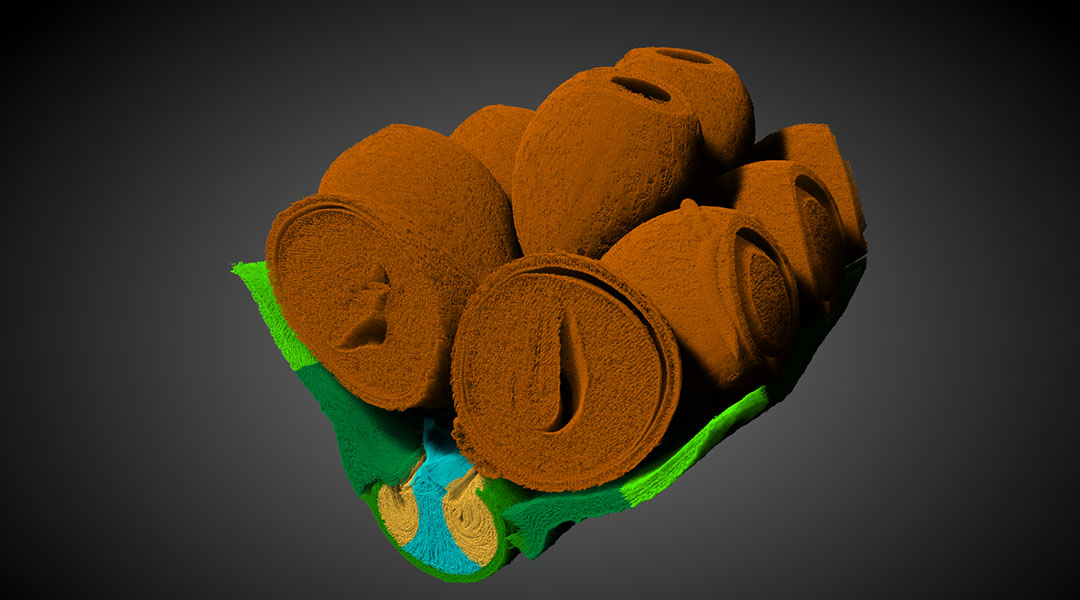

Taking inspiration from nature, scientists create a two-component catapult that overcomes limitations in 4D printing.
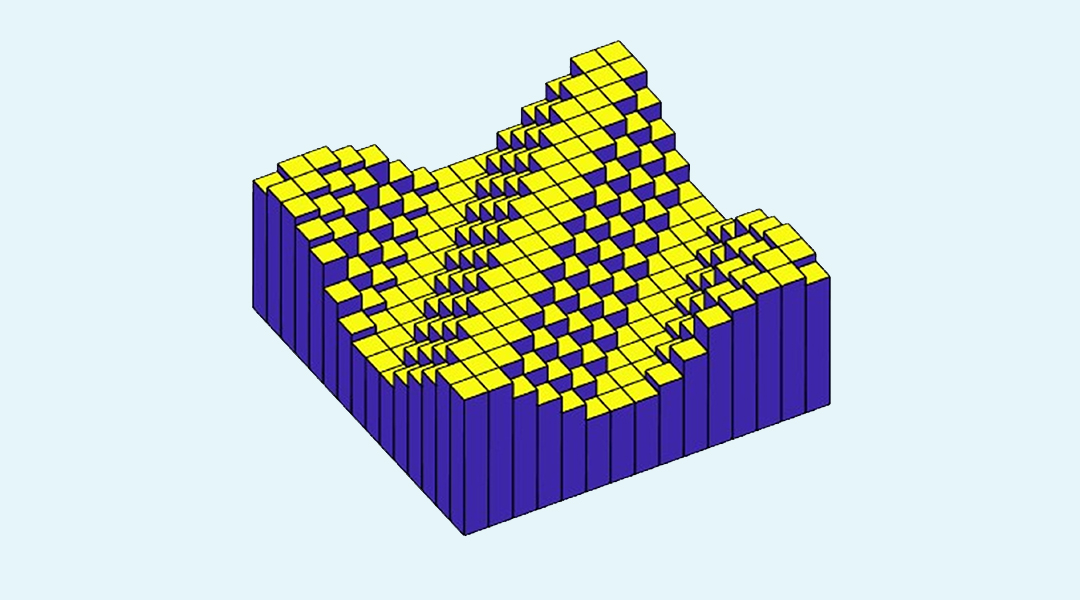
Mechanical metamaterials are finding application in data storage with benefits such as immunity to degradation and hacker protection.
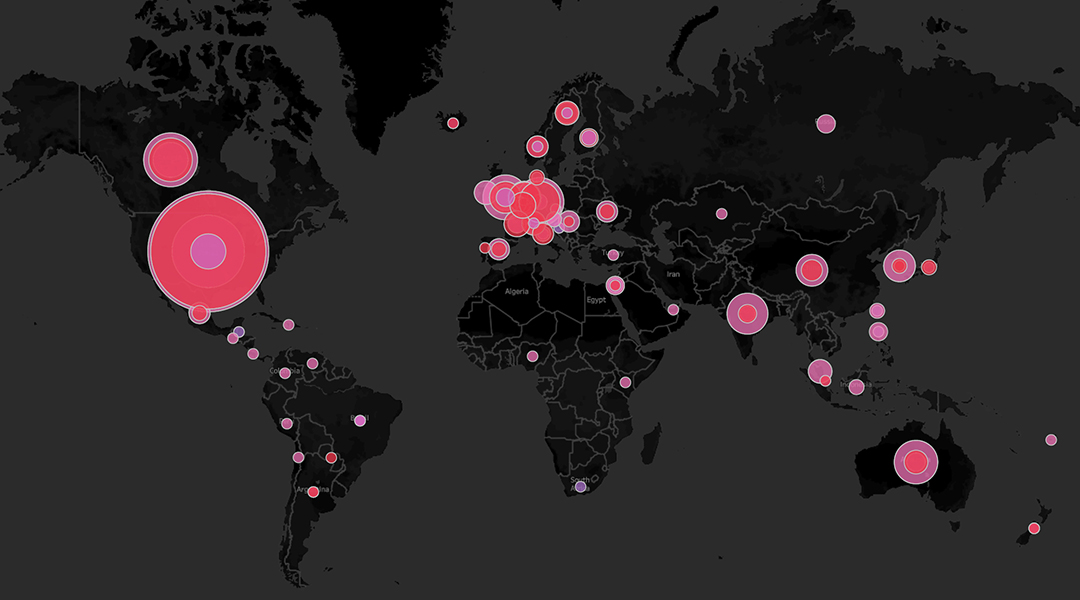
The circular carbon economy is still in its infancy, and realizing it will require innovative processes for capturing and utilizing carbon.

By accurately detecting moisture levels, this artificial leaf sensor could help increase crop yields while reducing the need for pesticides.

Nine different ways of using technologies based on microbes that can make space research more circular and generally more sustainable.
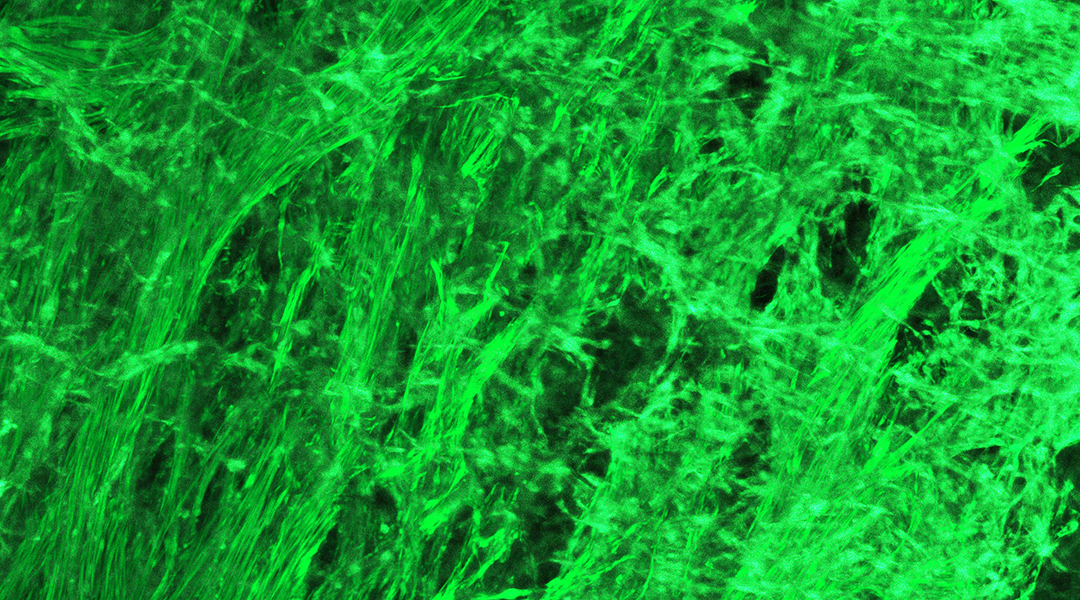
Engineered tissue mimics the contractions of the small intestine to break down artificial materials simulating partially digested food.
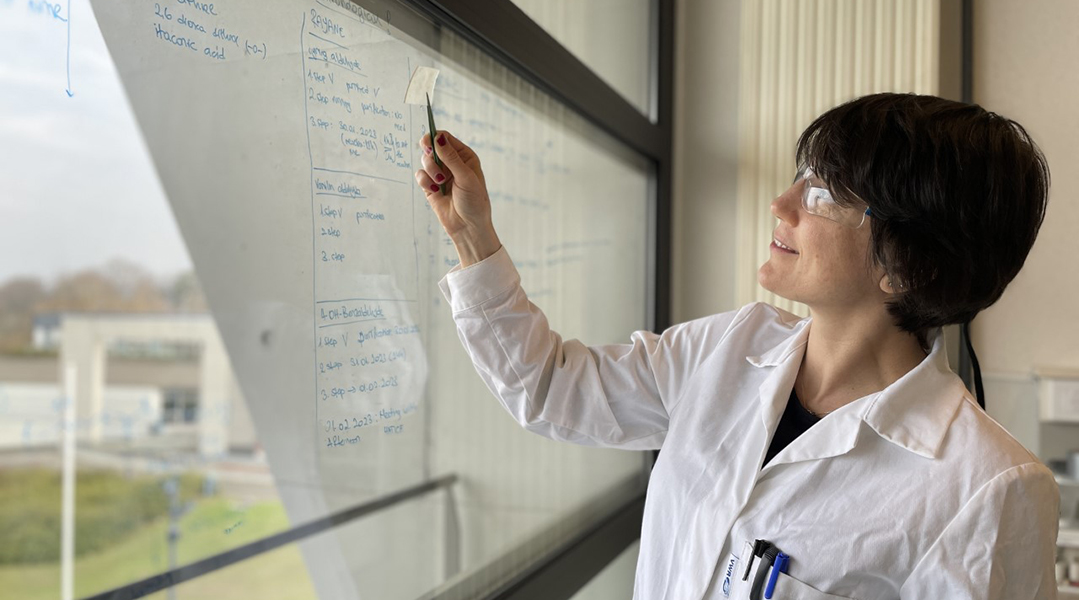
Chemist Hatice Mutlu applies zero-waste methods to create biodegradable polymers that can be used perpetually.
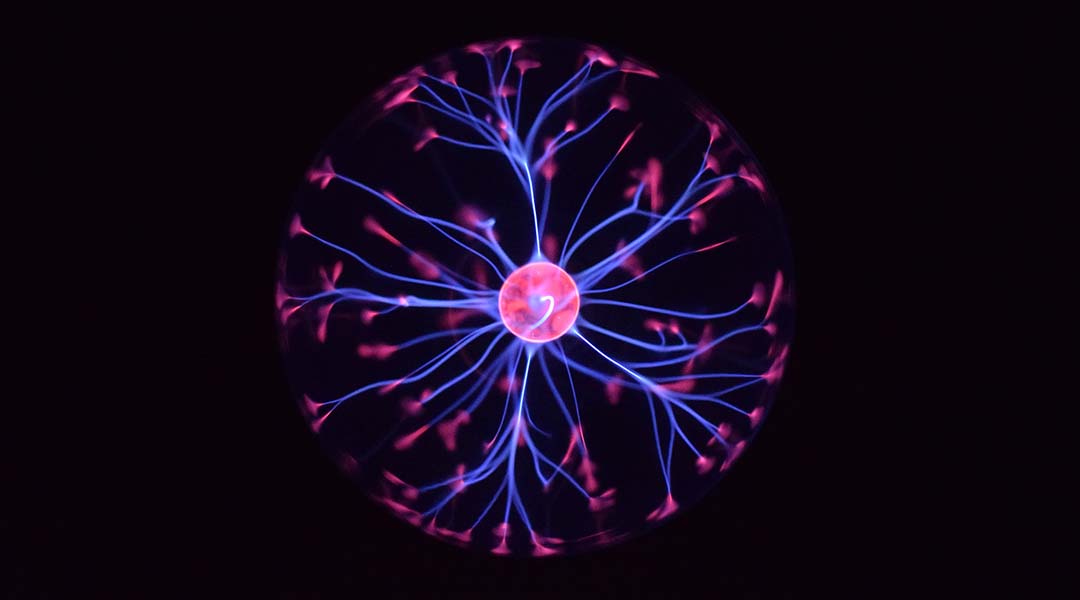
To make computers faster and more efficient, scientists are using the brain as a model in this blossoming area of computer science.
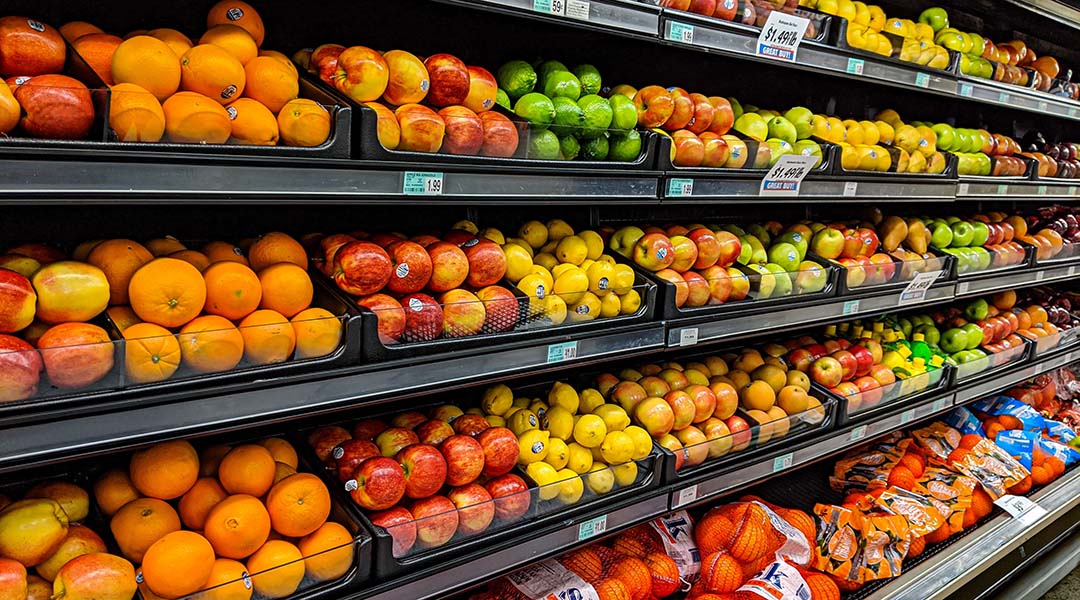
A recent study ranks popular diets and finds that keto and paleo have four times the carbon footprint of vegan while also being less healthy.
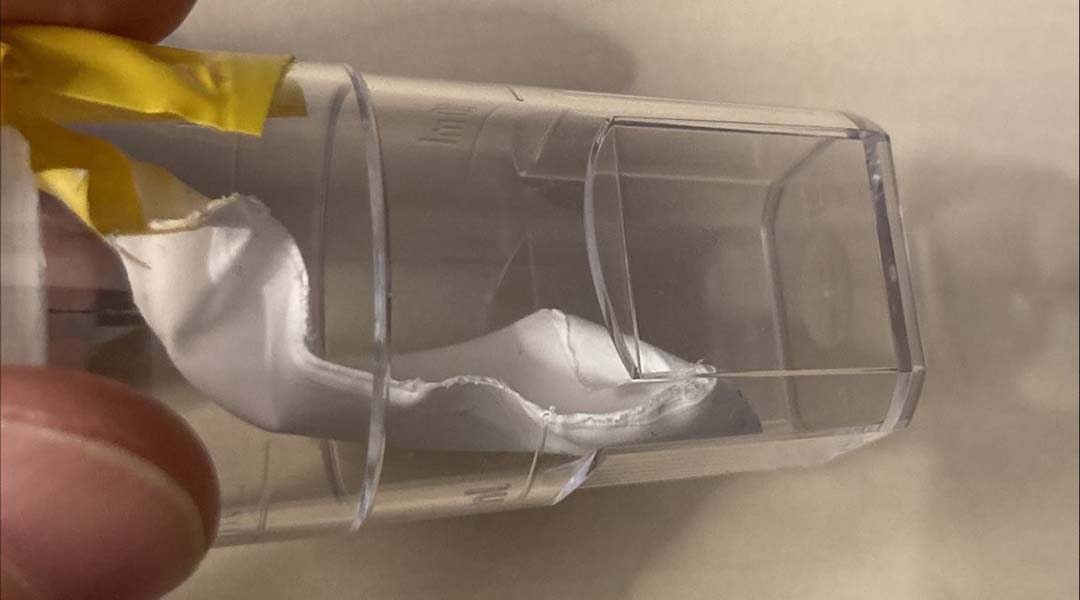
A new triboelectric laminate can convert movement to electricity 400 times more efficiently in wearable and implantable technologies.